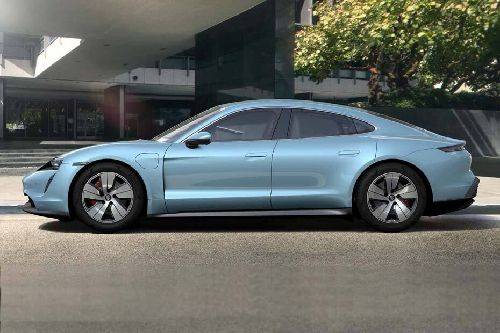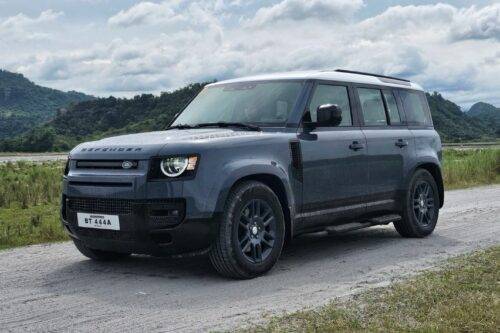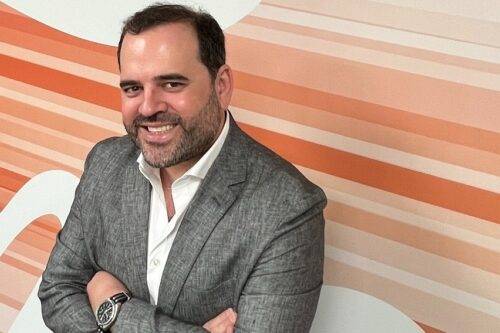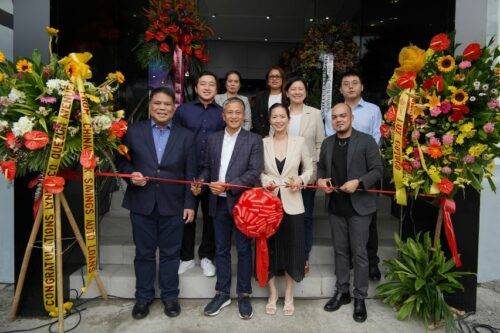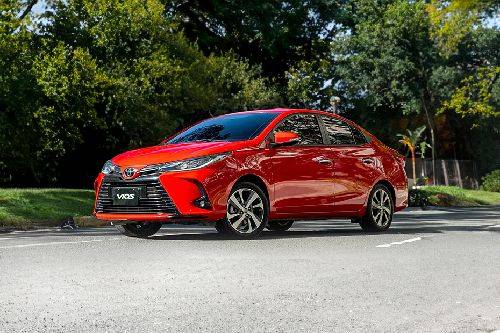Porsche Taycan reaches 100,000-unit production milestone

MANILA: The 100,000th Porsche Taycan rolled off the assembly line on November 7. The milestone unit left the production line around three years after production first began at the main plant in Zuffenhausen, Stuttgart, Germany.
KEY TAKEAWAYS
When did the production of Porsche Taycan begin?
The production of Porsche Taycan began in September 2019.What are the top three individual markets for the Porsche Taycan?
The US, China, and the UK/Republic of Ireland are the top three individual markets for the Porsche Taycan.“We are very pleased to have reached this milestone in production history so quickly – despite the recent challenges posed by the semiconductor shortage and the volatile COVID situation. With the Taycan, we have made a decidedly successful start in the electric age,” Porsche Vice President for Model Line Taycan Kevin Giek stated.
The Porsche Taycan made its first public appearance as the Mission E concept car at the 2015 Frankfurt Motor Show. It was officially introduced as a production model in 2019 at the same international auto show.
The US, China, and the UK/Republic of Ireland are the top three individual markets for the Porsche Taycan. The Porsche Taycan sports sedan, Porsche Taycan Cross Turismo, and Porsche Taycan Sport Turismo are the three body styles that are currently offered for the model. In each case, up to five engine options are paired with rear- or all-wheel drive. The Porsche Taycan 4S has the longest range, with a WLTP range of 513 kilometers. The Porsche Taycan Turbo S, on the other hand, holds the record for the fastest production electric car, with a time of 7 minutes, 33 seconds round the Nurburgring Nordschleife.
Many Porsche Taycan owners have also driven the electric sports car far beyond 100,000 kilometers, making it another special milestone in terms of mileage. Jean-Hubert Revolon has traveled more than 188,119 kilometers in his Porsche Taycan 4S since August 2020. The Lyon-based transport entrepreneur has already driven his Porsche through almost all of France's neighboring countries, clocking daily distances of up to 1,200 kilometers.

He bought a Porsche Taycan because of its design and “the technical innovations, which are good for the environment as well as my budget because of the low running costs.” He also commended the Porsche Taycan’s performance and suspension, which provide “fiendishly good grip and maximum agility, something only the wizards at Porsche can manage.” Revolon claimed that none of his other vehicles have ever been as dependable as his Porsche Taycan 4S, with only one suspension sensor having to be replaced so far.
However, things have not gone without a hitch. Revolon recalls an unusual charging incident in which he was standing with his Taycan just a few meters from a charging station but was unable to access it due to a barrier. He realized that his navigation system had given him the wrong address because the facility was actually a part of a highway rest area and was not accessible from the town.
Another Porsche Taycan owner who shared his experience with the electric car was Guillaume Takvorian, who had driven his Porsche for 113,977 kilometers.
The Marseille-based pharmacist bought the Volcano Grey sports sedan out of the blue in June 2020. “Porsche Toulon had just taken delivery of a Taycan. After a test drive, I immediately decided on this model,” Takvorian recalled. He uses the Porsche Taycan 4S for business purposes. “The longest drive was from Marseille to Megeve in the Savoy Alps. The 440-kilometer journey was uphill all the way, which of course increases power consumption so I stopped off at Porsche Grenoble and charged my Taycan free of charge,” he shared.
“It's just fun to drive the Taycan. In terms of design, the Taycan is all-Porsche and has many details that are characteristic of the brand. Added to that are modernity and the solid build quality,” Takvorian stated.

The Frenchman also enjoys how quiet the electric powertrain is. “I love the sound of my 911 Targa, but over a long distance, the silence in the Taycan is very pleasant,” he said.
Takvorian uses his home wallbox to charge his Porsche overnight, only using fast charging stations when necessary.
On the other hand, Markus Kreutel, another Porsche Taycan owner, mainly uses fast charging stations to charge his battery, which makes sense given daily distances of up to 1,500 kiloneters. The Porsche employee drove his company car, a Porsche Taycan Turbo, exactly 134,911 kilometers between February 2021 and August 2022. Kreutel oversees Porsche's body-in-white production in Zuffenhausen, Leipzig, and Bratislava as the Head of Body Planning. He also supervises the Porsche Toolaking sites in Schwarzenberg, Dubnica, and Horna Streda in his role as the division's chief executive officer. He therefore frequently travels from Porsche's headquarters in Zuffenhausen to Slovakia or the Ore Mountains.
Kreutel commended the Porsche Taycan's long-distance capabilities, stable roadholding in adverse conditions, precise handling, and lower operating costs compared to a combustion-engined model. He also lauded the endurance and build quality of the vehicle, noting that the white Porsche Taycan has performed impressively even after traveling more than 100,000 kilometers. “The battery still had 91% of its original capacity,” Kreutel shared. The only drawback was also a minor one, when the plastic cover on the tailgate lock came off.
However, Kreutel's patience was once put to test due to the charging infrastructure. “One trip in Romania has stuck in my memory. The first charging station in Timisoara, which I pulled into at 2 a.m., unfortunately didn't work. The next station in Arad was on an unlit side street,” he recalled. Expanding the fast-charging system is therefore at the top of the wish list of the frequent driver.
Unsurprisingly, among the Porsche Taycan's regular users are automotive journalists, aside from customers and Porsche employees. In an accelerated durability testing with German auto magazine Auto Bild, a Frozen Blue Porsche Taycan 4S traveled 100,000 kilometers. The arduous endurance test began in October 2020 and ended in November 2022.

“For me, our endurance test of the Taycan proved at least three things. First, this car attracts attention like few others. Second, an electric Porsche has to be a Porsche from the very first moment, and that's what the Taycan is. Third, our test proves that long-distance driving is absolutely possible with electric power,” Auto Bild Editor-in-Chief Tom Drechsler stated.
Another German auto publication, Auto Motor und Sport, included a Mamba Green model of the Porsche Taycan Cross Turismo 4 in the editorial team’s endurance test fleet. The odometer will hit six figures over the course of about two years. The Motor Presse Stuttgart media organization will travel the entire 100,000-kilometer endurance test distance in an electric vehicle for the very first time.
“Having a Porsche in the endurance test fleet is something special, of course. After various short tests over a maximum of 12 months, but more usually only three to six months, it is now time to complete the 100,000-kilometre distance within a maximum of two years with electric vehicles,” Auto Motor und Sport Editor-in-Chief Michael Pfeiffer said.
“We’re now confident that we can also ensure very close documentation of charging processes and consumption with electric vehicles that meet our quality standards,” Auto Motor und Sport Testing and Technology Head Jens Dralle added. “This is essential in order to be able to make a qualified statement about the everyday quality of the vehicle. We are also naturally curious to see how the Cross Turismo performs as a daily companion.”
The Porsche Taycan itself, as well as its cutting-edge manufacturing processes, set benchmarks for sustainability and digitalization. A modern production plant with state-of-the-art machineries and processes has been constructed. Electric powertrain production uses artificial intelligence (AI). Camera systems can now evaluate quality even more precisely when stamping the drive number and pre-assembling the gearbox than traditional, non-AI monitoring systems. Furthermore, since there is less follow-up inspection required, the workload of the production staff is reduced. The recovery of energy from robots is one example of resource-conserving methods and technologies. Similar to the Porsche Taycan, kinetic energy is transformed into electrical energy when braking and is stored with the help of a high-performance capacitor. The recovered energy is being used when the robot accelerates.

“The Taycan is an innovator and so is the Taycan’s production,” Porsche Board for Production and Logistics Member Albrecht Reimold said. “Since the start of production in 2019, we have been manufacturing the Taycan in a completely carbon-neutral manner. This now applies to the production of all sports cars at our plants in Zuffenhausen and Leipzig. This brings us another step closer to our vision of a 'zero impact factory'. Smart, green and lean – that's our understanding of sustainable production.”
Photos from Porsche
Also read: Porsche 911 climbs the slopes of world's highest volcano
Sell your car at the best price
 Verified and genuine buyers
Verified and genuine buyers
-
Explore Porsche Taycan
Porsche Car Models
Don't Miss
PIMS 2024
Trending & Fresh Updates
- Latest
- Popular
You might also be interested in
- News
- Featured Stories
Porsche Featured Cars
- Latest
- Popular
Compare & Recommended

|
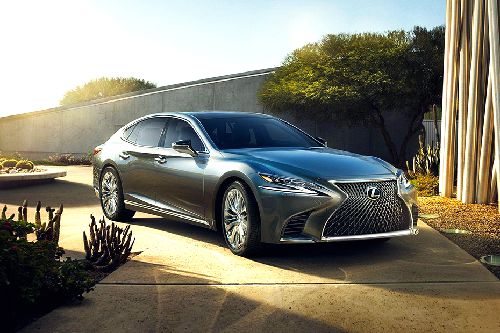
|

|
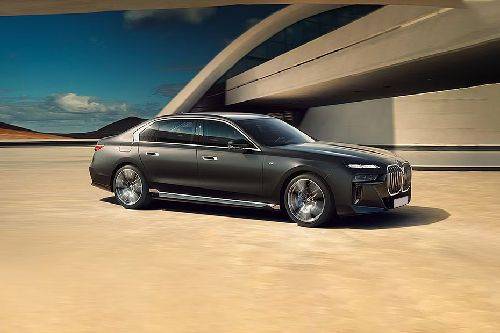
|

|
|
Length
4963 mm
|
5235 mm
|
4671 mm
|
5260 mm
|
5391 mm
|
|
Width
1966 mm
|
1900 mm
|
1877 mm
|
2169 mm
|
1950 mm
|
|
Height
1381 mm
|
1450 mm
|
1430 mm
|
1479 mm
|
1544 mm
|
|
Front Brake Type
Ventilated Discs
|
Ventilated Discs
|
Ventilated Discs
|
Ventilated Discs
|
Ventilated Discs
|
|
Rear Brake Type
Discs
|
Discs
|
Discs
|
Discs
|
Discs
|
|
Adjustable Headlights
Yes
|
Yes
|
Yes
|
Yes
|
Yes
|
|
Headlamp Type
LED
|
Bi-Beam LED
|
LED
|
LED
|
LED
|
|
Centrally Mounted Fuel Tank
-
|
Yes
|
Yes
|
Yes
|
-
|
|
|
Trending Sedan
- Latest
- Upcoming
- Popular
Porsche Taycan Car Articles From Carmudi
- journal





